Seven of the UKs best Art Deco cinemas that help remind us of what we have (wrongly) long stopped expecting from public buildings
From the birthplace of modern cinema, to the home of the largest Wurlitzer theatre pipe organ in Europe, the UK’s remaining Art Deco cinemas are flourishing. Here are seven of the best.
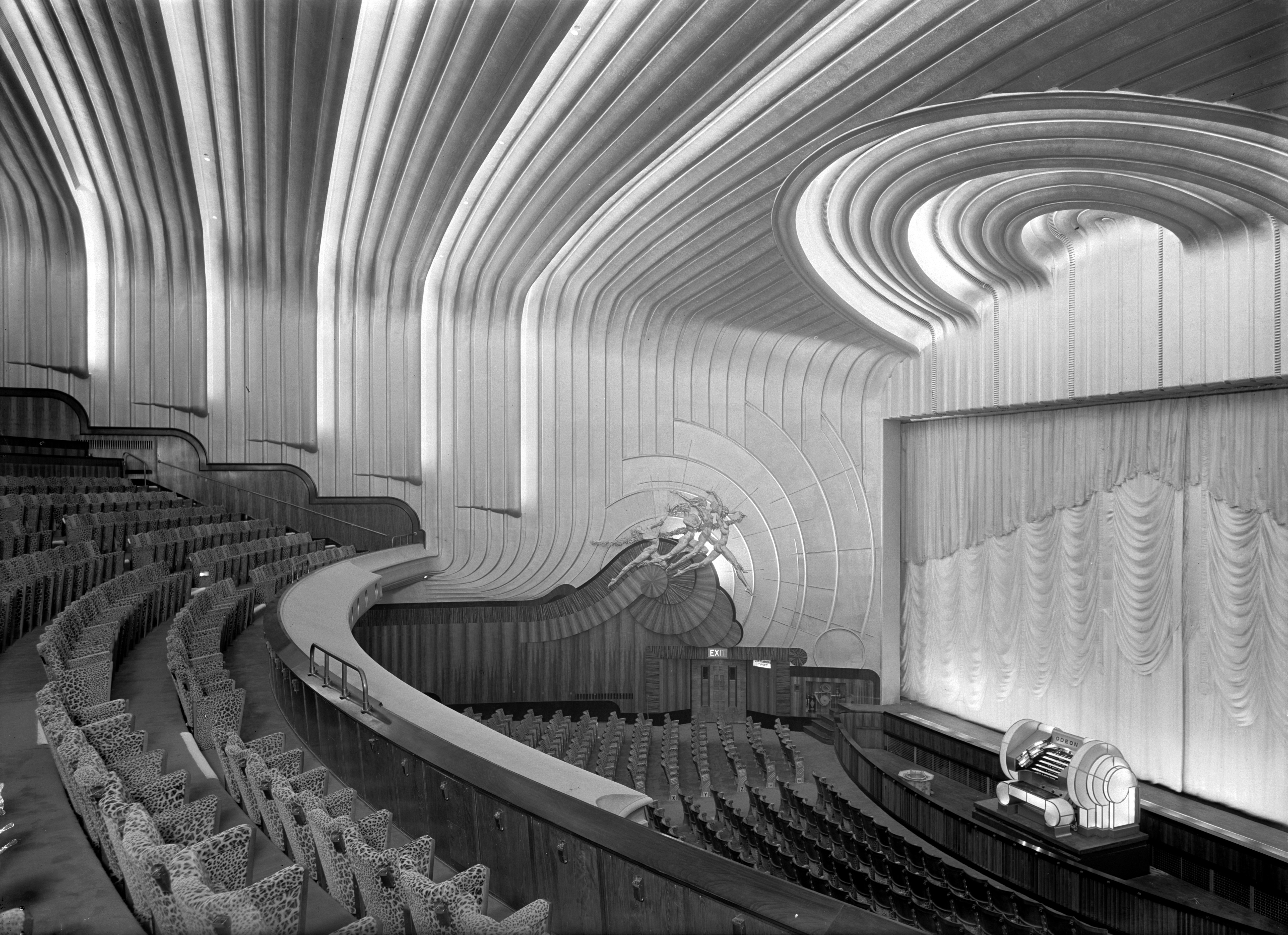

Rosie Paterson
The peak of Art Deco design (1910s-early 1930s) coincided with the advent of the Golden Age of Hollywood cinema (1930-1960s) — the former’s striking features and opulent materials creating a visually captivating environment that, when employed correctly, helped push cinema as an attractive and luxurious form of leisure.
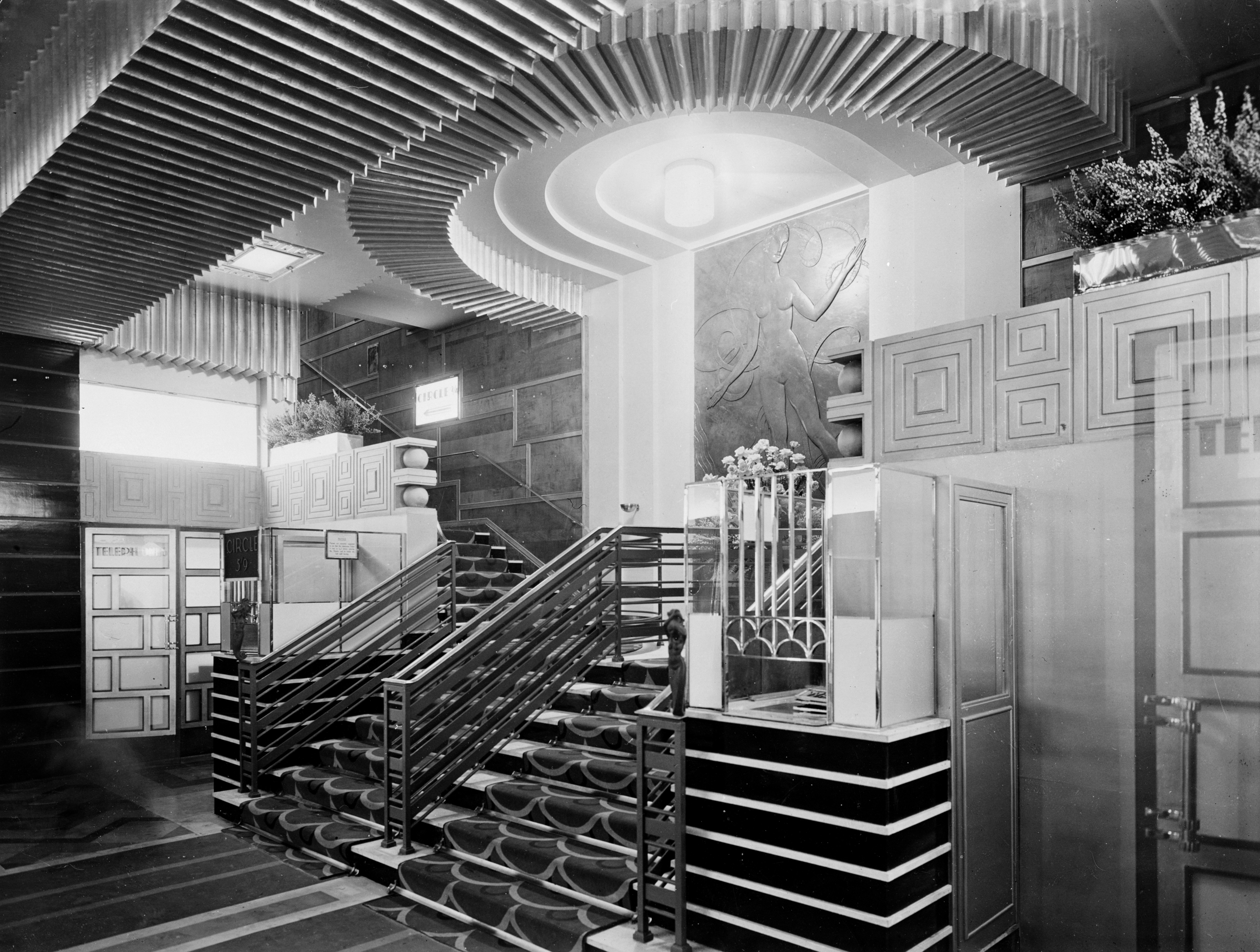
New Victoria Cinema on Vauxhall Bridge Road, in 1930
British entertainment architecture was heavily influenced by the 1925 International Exhibition of Modern Decorative and Industrial Arts in Paris, and an attraction to American Art Deco — from which we adopted their modern and streamlined exterior shapes, and ornate plasterwork and ornamental interior details, all complimented by lavish fabrics and a palette of monochrome, red, green and gold.
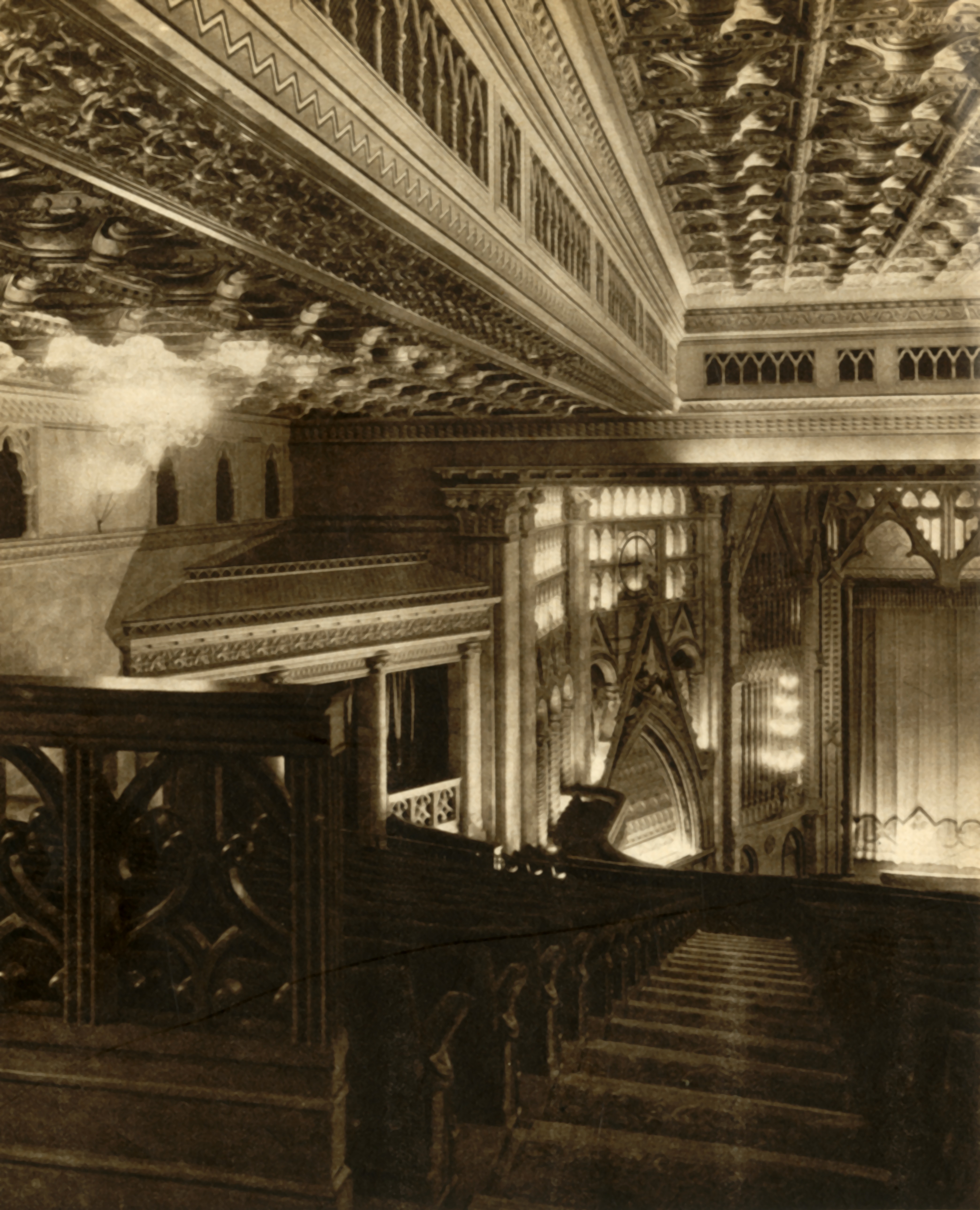
The Granada cinema in Tooting, now a bingo hall, is still considered by many to be the most spectacular cinema in Britain
The buildings were vast, accommodating huge auditoriums with opera pits, balconies, beautifully decorated proscenium arches and enough seats to accommodate thousands of visitors. Restaurants, box offices, powder rooms and shops all contributed to the idea of the cinema as an immersive experience.
Cinemas were an all-day attraction and people would come and go throughout the day and evening — typically dressed to the nines and dazzling, much like the interior spaces.
A huge number of these Art Deco buildings have since been demolished and some have been repurposed (into bingo halls and blocks of flats), but a number have been saved, refurbished and revived.
If the revamped interiors are anything to go by, a new Golden Age of cinema might just be upon us.
The Rex Cinema, Berkhamsted, Hertfordshire
Designed by British architect David Evelyn Nye in 1936, the Rex’s interiors were styled on the era’s great ocean liners and featured scallop wall lights, wave motifs and a gold proscenium arch.
Exquisite houses, the beauty of Nature, and how to get the most from your life, straight to your inbox.
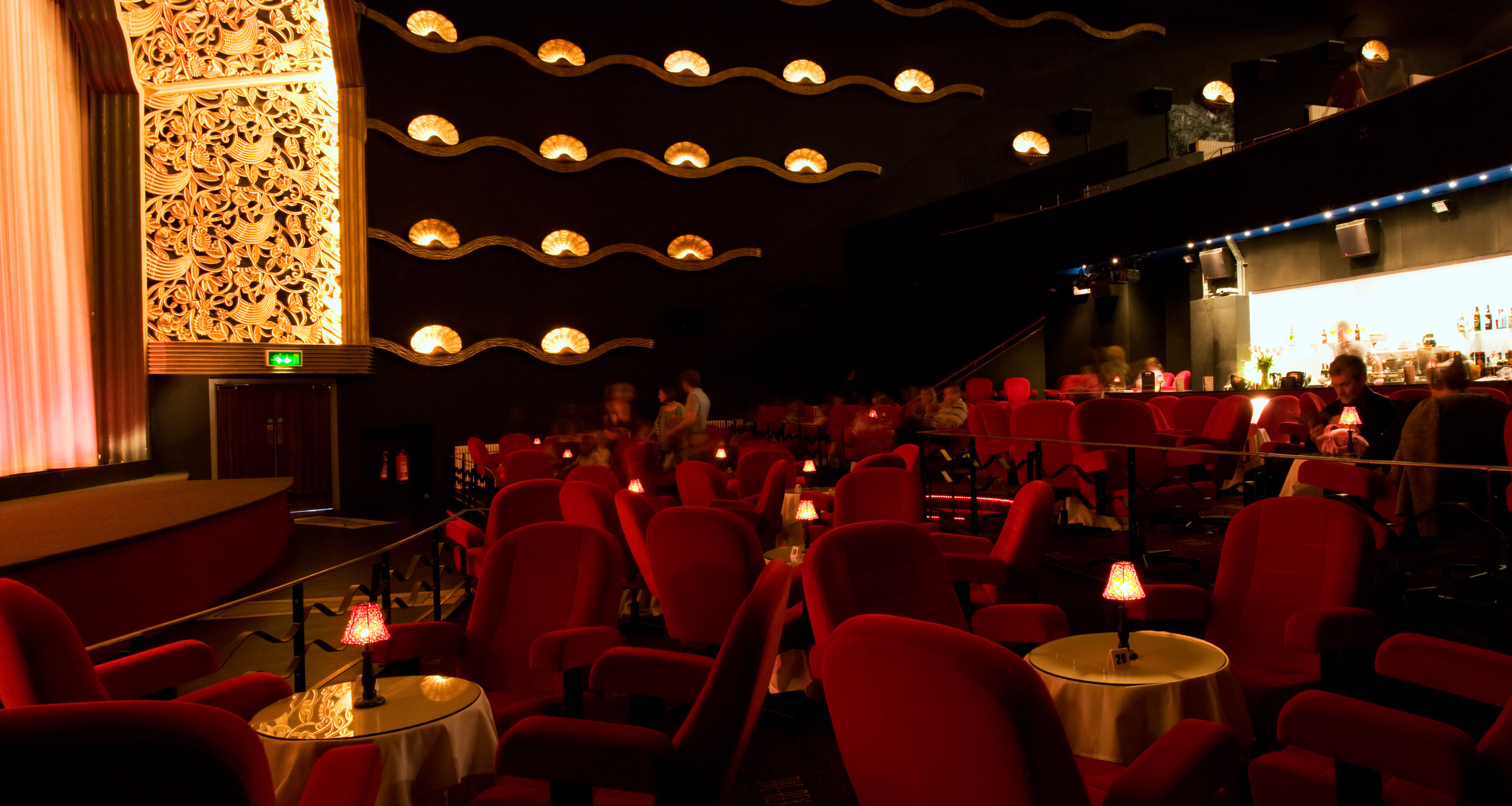
It closed in 1988, but re-opened in 2004 as a single-screen cinema with much of the original 1938 decor restored. Wine is served in proper glasses and snacks ‘on clean plates’; guests are encouraged to turn up in their ‘Sunday best’. On their own website they describe the seating as ‘big and soft. It has been called luxurious. It is better. It is civilized. It reminds us of what we have long stopped expecting from public buildings.’ We couldn’t put it better ourselves.
Troxy, Stepney, London
Troxy was the largest cinema in England when it opened in 1933 — seating 3,520 people. It boasted a revolving stage, jaunty turquoise and coral walls with matching geometric glass lights, a floor-to-ceiling mirror-lined restaurant and a floodlit organ which rose from the orchestra pit to play popular music during the intermission (once getting stuck in the air and remaining there for rest of the film).
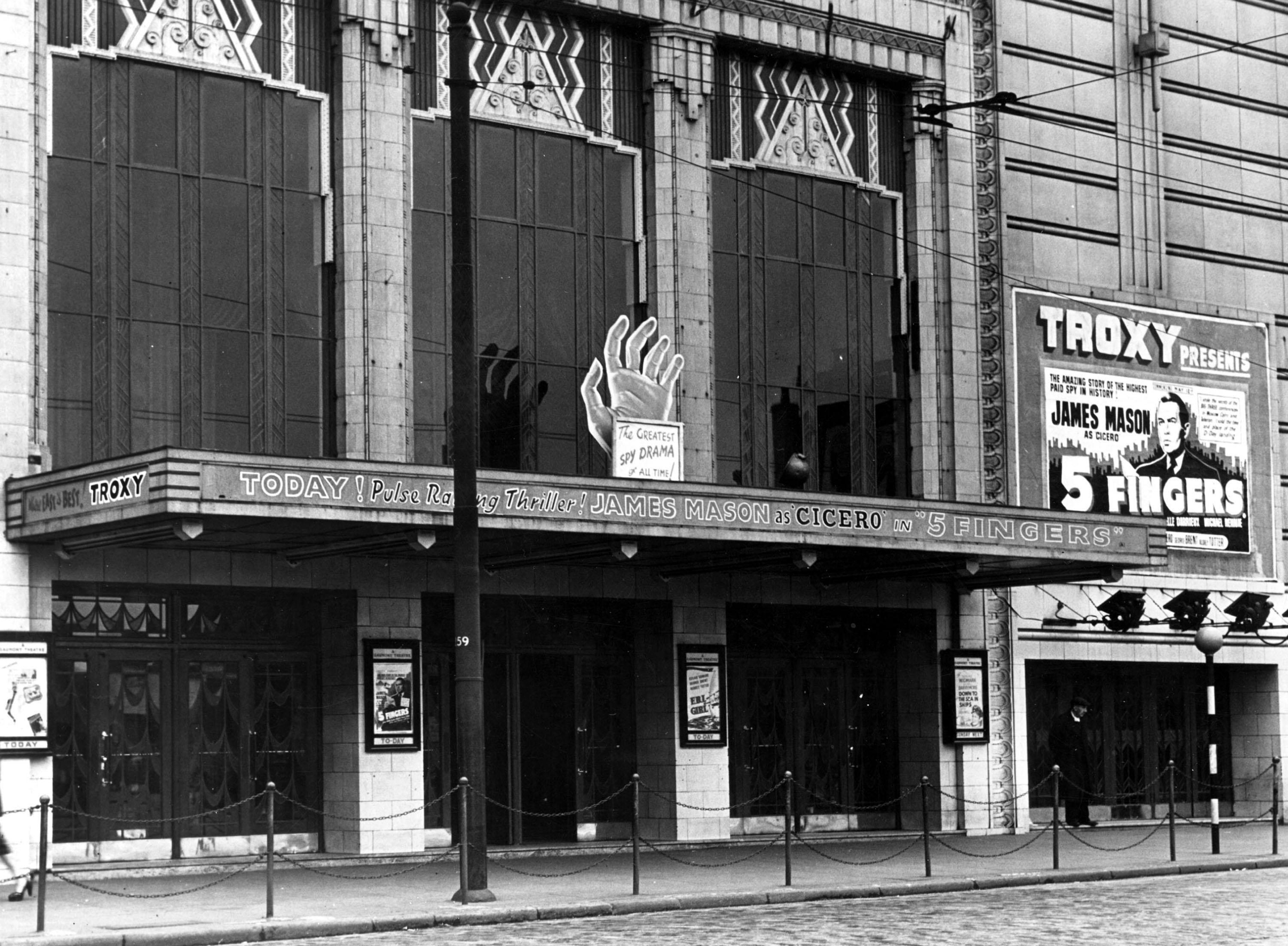
The cinema was restored just over a decade ago: the stage has been reset to re-expose the proscenium arch — hidden away since the 1970s — and an original 1930s decorative ceiling uncovered in what is now the VIP bar, where you can listen to the largest Wurlitzer theatre pipe organ in Europe.
Electric Palace, Harwich
Electric Palace claims to be one of the world’s oldest and least-altered purpose-built cinemas.
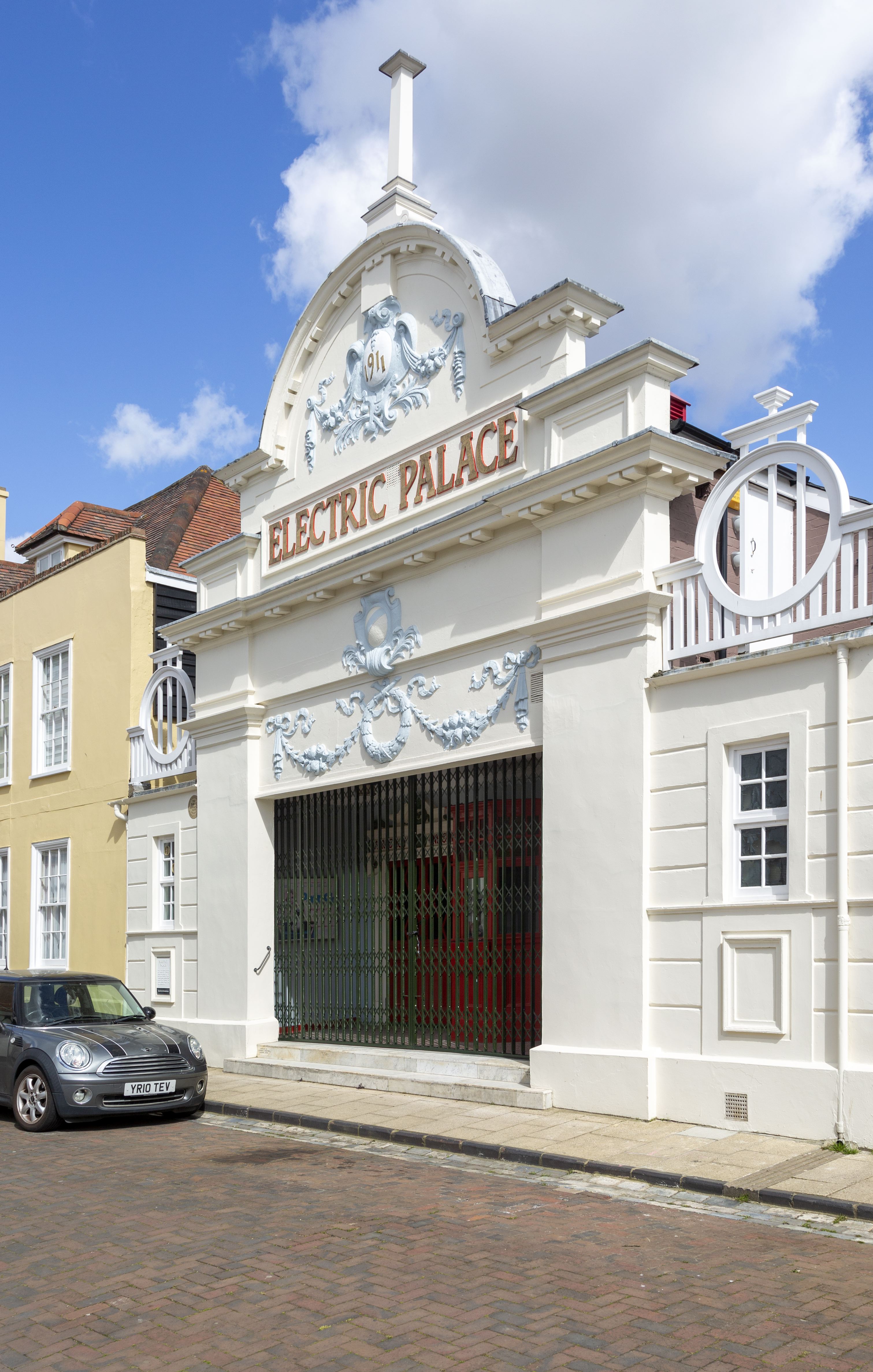
It opened in 1911, the brainchild of fairground showman Charles Thurston, and has clung onto its original architecture and ornamental frontage, silent screen and original projection room, gold Edwardian radiators and beautiful press-tin wall panelling.
When it opened, seating arrangements reflected a stratified society: entry to the better seats (which cost a shilling) was through the elaborate foyer; cheaper seats, usually wooden benches, were accessed via the ‘tuppenny rush’, an entrance down a side alley.
Not content to just show films, the cinema has appeared in its own: Downton Abbey: A New Era (2021).
The Castle, Clapton, London
The Castle Electric Theatre was open from 8 September, 1913, until 1958.

Since then, it has been a bingo hall, a shoe factory and a snooker hall — with many of the original features covered up and left to fall into a state of disrepair.
In 2015, a community-led campaign to restore the independent cinema raised £57,000 — enough for it to reopen. Curved ceilings, the proscenium arch and ornate plasterwork were all rediscovered and painted in gold, black and red to honour the original design.
Strand Arts Centre, Belfast
Sadly, of the 40 Art Deco picture houses built in Belfast, only the Strand, established in 1935, remains.

Its maritime-themed facade was influenced by its proximity to the Harland & Wolff shipyard and continues through the interior courtesy of curved, white-washed walls and porthole-style lights and windows.
The building will benefit from a £6.5 million redevelopment budget (Country Life, 22 January, 2025), with plans to restore the façade, entrance and foyer, plus build additional communal spaces including a cafe and interactive ‘living museum’ to showcase its history.
Dominion Theatre, London
The Dominion opened in 1929 as a musical theatre, but jumped on the silver-screen bandwagon in 1930, hosting the British premier of 1925’s The Phantom of the Opera in 1930, attended by H. G. Wells (it has since returned to its musical theatre roots).

Tottenham Court Road, looking north from the junction with Oxford Street and New Oxford Street, c.1958. To the left of the frame is Horne Brothers department store and to the right, the Dominion Theatre, advertising a screening of 'South Pacific'
Though it has changed hands through the years, the Art Deco style has remained untouched — and actually, recently enhanced. More than 1.2 acres of bespoke carpet and multiple geometric glass chandeliers were installed and the 80ft proscenium arch was repainted (it took more than 170 hours).
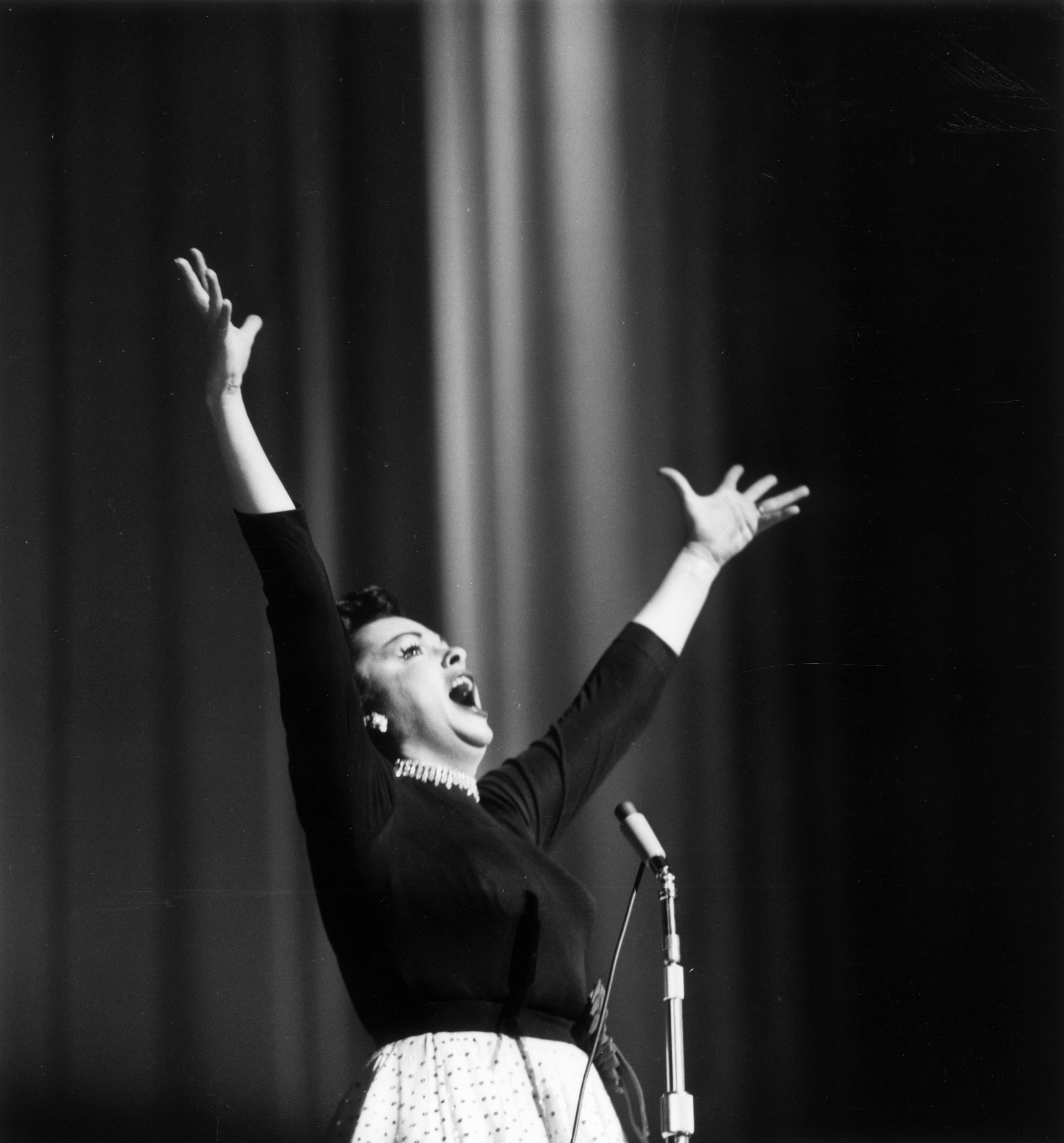
In the mid 1950s, Judy Garland performed a month-long residency of The Judy Garland Show (above) and in the mid 1960s, The Dominion hosted the UK premiers of Cleopatra and The Sound of Music. Whatismore, David Bowie, Jon Bon Jovi and Dolly Parton have all performed on the stage.
Regent Street Cinema, London
Last, but not least, we present ‘the birthplace of British cinema’.

Regent Street Cinema opened in 1848 and went on to premiere the UK’s first motion picture, a short film by the Lumiere Brothers, in February 1896.
Other notable milestones include 14 years of continuous screenings of Alfred West’s Our Navy and Our Army film series (in 1898, West received a royal request to film HMS Crescent, commanded by HRH The Duke of York, later King George V), and a showing of the first ever film to be awarded the notorious ‘X’ certificate.
La Vie Commence Demain featured a heady mixture of Picasso, atomic bombs and rabbit dissection. The ‘X’ was introduced in 1951 and the exact wording read: ‘This film has been passed for exhibition to persons over the age of sixteen.’ Previously the ratings were ‘U’ for universal’, ‘A’ for adult and ‘H’ for horrific.
In 2016, Regent Street was rebuilt in the Art Deco style after decades of use as a lecture hall by The University of Westminster.
Since the reopening, the cinema has become known for it cutting-edge programme of art-house films, but there haven’t been any repeats of the 1970s Let My People Come musical theatre performance in which the whole cast got naked.
Amie Elizabeth White is Country Life's Acting Luxury Editor. She studied history at the University of Edinburgh and previously worked in fashion styling. She regularly writes for Country Life's London Life supplement and has written for Luxury London, covering everything from Chanel suits and skincare, to the best pies in the city. She has a big heart, but would sell her soul for a good pair of shoes.
